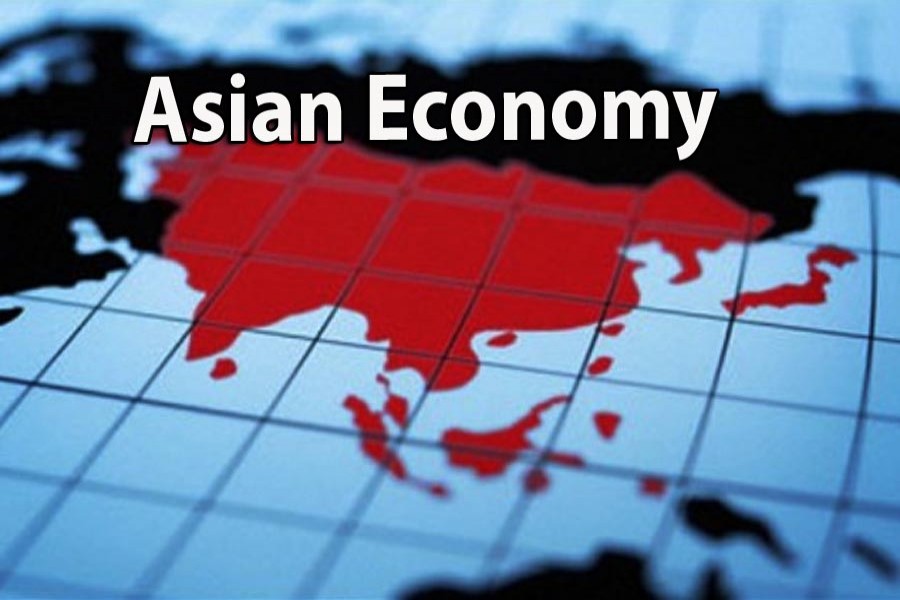
Published :
Updated :

Developing Asia could grow more slowly than previously thought next year as the US-China trade war inflicts damage on the region’s export-reliant economies, the ADB said on Wednesday.
Tightening global liquidity could also weigh on business activity by pushing up borrowing costs, while capital outflows are also a risk, said the Asian Development Bank (ADB).
The lender kept its 2018 economic growth estimate for the region at 6.0 per cent in an update of its Asian Development Outlook. But it trimmed next year’s forecast to 5.8 per cent from 5.9 per cent.
“Downside risks to the outlook are intensifying”, said ADB Chief Economist Yasuyuki Sawada, pointing to the potential impact of US-China trade tensions on regional supply chains and the risk of sudden capital outflows if the Federal Reserve raises interest rates even more quickly.
The ADB’s 5.8 per cent growth estimate for 2019 would be the slowest for the region since 2001, when it expanded 4.9 per cent. The report covers 45 countries in the Asia-Pacific.
The Manila-based institution’s latest forecasts did not take reflect fresh tariffs that the US and China imposed on each other’s goods on Monday, reports Reuters.
The ADB Chief Economist said the additional duties would not significantly change ADB’s growth forecasts, but added the “escalating” trade conflict must be closely monitored.
China’s economy is expected to grow 6.3 per cent in 2019, the ADB said, slower than its 6.4 per cent forecast in July and weaker than its 6.6 per cent growth estimate for 2018, which was unchanged from its previous projection.
Domestic consumption in China “seems to be quite robust and supporting 6.6 percent growth this year”, Sawada told a media briefing. “But admittedly we don’t know (how) the further escalation of the trade dispute may directly affect consumer sentiment.”
Beijing has set a growth target of around 6.5 per cent this year, the same as last year, which it handily beat with an expansion of 6.9 per cent.
Chinese authorities have pledged they can still meet the 2018 target, and have started to roll out growth boosting measures as the trade war threatens to put further pressure on the already cooling economy.
For Southeast Asia, moderating export growth, quickening inflation, net capital outflows and a worsening balance of payments have dimmed the outlook, with growth this year projected to slow to 5.1 per cent from the July forecast of 5.2 per cent.
“Policy makers have at their disposal an array of policy tools with which to manage pockets of vulnerability and maintain stability, but they must be applied carefully,” Sawada said.
Inflation across the region is expected to remain under control, helped by country-specific factors like moderate food price inflation in India and China and fuel subsidies in Indonesia and Malaysia, the ADB said.
Sawada said Asian governments have “enough policy space to handle” shocks and pressure from currency depreciations.


 For all latest news, follow The Financial Express Google News channel.
For all latest news, follow The Financial Express Google News channel.